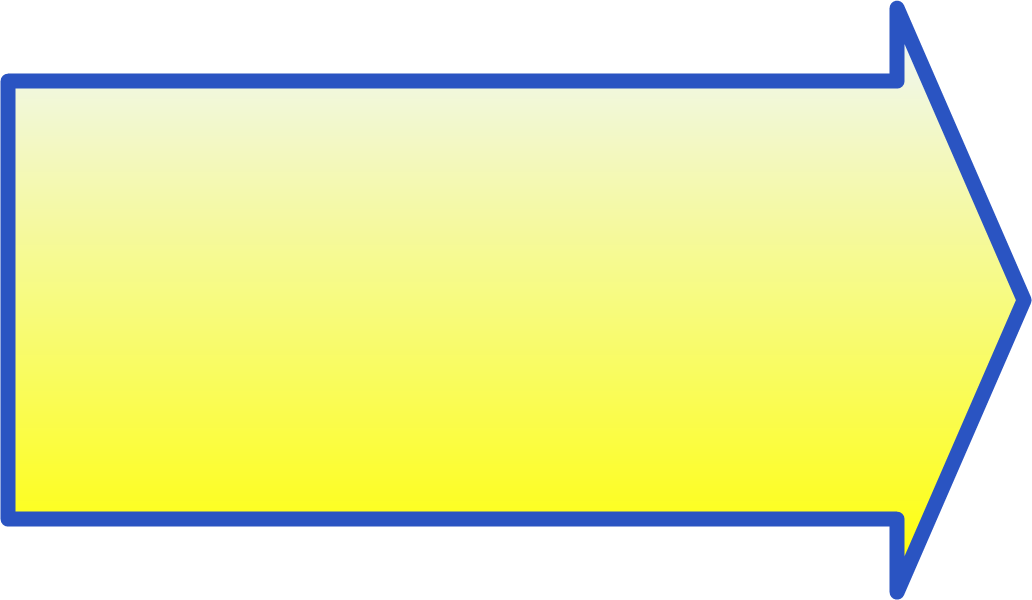

We Can... Establish Classroom Budgets for Individual Elementary Teachers
Effective education also requires efficient resource management. As an elementary classroom teacher, integrating classroom funding into the curriculum was an essential part of teaching practical economics.
However, the current budget distribution system is inefficient.
The Current Budget Process vs. A Better Way
Currently, educational budgets are determined by government policy, distributed to school boards, which allocate funds to principals, who then determine where money should be spent within the school.
This top-down approach removes the decision-making power from the person who best understands the immediate needs of the students: the classroom teacher.
A better approach is empowering individual teachers to manage their own resources.
The Case for Teacher Autonomy
Every teacher in the system who is actively teaching in a classroom should have supervised control of a healthy yearly budget based on the number of students they teach, with special consideration given to students with special needs.
This budget should be divided into two clear parts:
Capital Budget: For expensive, one-time items (like tools or computers) that will be used for an extended period.
Consumable Budget: For items that need timely replacement because they wear out or are used up (e.g., glue, tape, pencils, rulers).
Giving teachers control over their own supervised classroom bank account allows them to plan effectively for today, tomorrow, and the future.
This autonomy, combined with practical fundraising lessons (grants, bake sales, raffles, donations, and mass-production projects tied to holiday sales), allows a teacher to build an efficient and productive learning environment.
Call to Action:
We can achieve a more effective educational system by rethinking material sources and funding structures. We need to examine and think critically about who controls these essential resources. By implementing these changes, we better equip the next generation with the MST skills needed to innovate their future.
Effective education also requires efficient resource management. As an elementary classroom teacher, integrating classroom funding into the curriculum was an essential part of teaching practical economics.
However, the current budget distribution system is inefficient.
The Current Budget Process vs. A Better Way
Currently, educational budgets are determined by government policy, distributed to school boards, which allocate funds to principals, who then determine where money should be spent within the school.
This top-down approach removes the decision-making power from the person who best understands the immediate needs of the students: the classroom teacher.
A better approach is empowering individual teachers to manage their own resources.
The Case for Teacher Autonomy
Every teacher in the system who is actively teaching in a classroom should have supervised control of a healthy yearly budget based on the number of students they teach, with special consideration given to students with special needs.
This budget should be divided into two clear parts:
Capital Budget: For expensive, one-time items (like tools or computers) that will be used for an extended period.
Consumable Budget: For items that need timely replacement because they wear out or are used up (e.g., glue, tape, pencils, rulers).
Giving teachers control over their own supervised classroom bank account allows them to plan effectively for today, tomorrow, and the future.
This autonomy, combined with practical fundraising lessons (grants, bake sales, raffles, donations, and mass-production projects tied to holiday sales), allows a teacher to build an efficient and productive learning environment.
Call to Action:
We can achieve a more effective educational system by rethinking material sources and funding structures. We need to examine and think critically about who controls these essential resources. By implementing these changes, we better equip the next generation with the MST skills needed to innovate their future.

Our Holiday Raffel
Teachers, who control the items in our Classroom?
